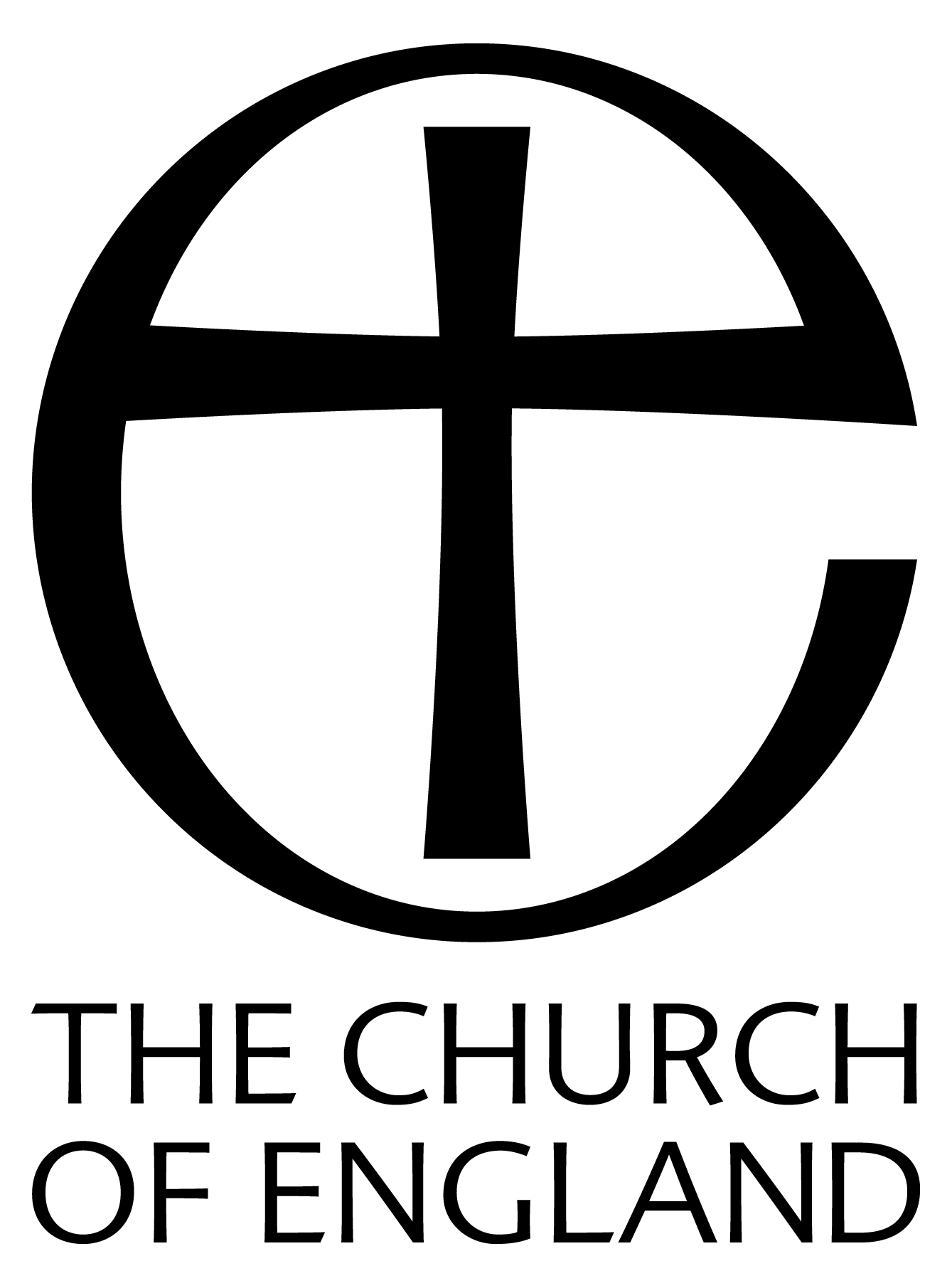Reproduced from
DRYPOOL -
Being a History of the Ancient
Parish of Drypool cum Southcoates
by M. Edward Ingram (1959)
by M. Edward Ingram (1959)
| < < < | > > > |
|
In addition a subscription list was opened, and the names of those who subscribed are entered in the Vestry Minute Book. Among them can be seen the names of Charles Simeon, William Wilberforce and many members of local families. There is no mention of the Brief money. In all £2,170 was contributed, Churchwarden Marshall's laconic comment written across the list being: " This Sum was the Amount of the Contract including the Old Church, so that it cost the Parish nothing." The new church was designed by William Hutchinson, and White's Directory for 1823 tells us, it "is now rebuilding, the windows and arches of the old structure are carefully preserved, so as to perpetuate the style of the old church." It consisted of a nave of four bays, with tall pointed windows, filled with tracery and divided by transoms where the galleries came. The chancel was a semi-hexagonal apse. The tower of four storeys was at the west end. It had a plain parapet, with vanes and pinnacles at the angles. Rising as it did from a forest of masts, it had a certain period charm, although the building as such was undistinguished. The whole was covered in Roman cement, a product recently perfected by Messrs. Earles. The interior, to use a favourite phrase of the period, had a " neat appearance." It was surrounded on three sides by galleries, the fronts of which were painted white, and on the west face, beneath the clock, were the Royal Arms. Originally there was a three-decker pulpit in front of the altar. The latter stood in the apse, and the former, which was grouped with the reading desk in the middle aisle, gave a view into the galleries, which were supported on slender, clustered columns. The font, |
The furniture from the old church appears to have been transferred to the new one, and three months after the opening the Churchwardens were empowered to exchange" the present Communion Table, it being too small." Four years later, "the Lord's Prayer, the Belief and the Commandments" were set up, and permission was granted" to beautify the Altar." For the opening of the new church a further subscription was raised to buy" two New Cups for the Communion Service." This produced five guineas, which, "together with the Value of the Old Cup," was sufficient, the new ones being purchased from Mr. Denton Northgraves, Jeweller, of 32, Silver Street. These do not appear to have survived, but there is a handsome cup at St. Columba's which has the Birmingham assay mark for 1814. In 1827 Henry Venn became Vicar of the parish. Son of John Venn of Clapham, and grandson of Henry Venn of Huddersfield, he is best known as the Secretary of the Church Missionary Society, a position which he held from 1840 to 1872. Henry Venn's grandson, Dr. John Venn, in his" Annals of a Clerical Family," says: "He laboured for nearly seven years, making many friends and introducing all the various parochial schemes now so familiar-Sunday Schools, district visiting, Missionary collections, etc." When there was a cholera epidemic, he saw that the houses of the victims were properly fumigated. In 1831, he started a " Religious Society," basing his rules on those of a similar society founded by the Reverend John Scott, of St. Mary's. The members met fortnightly on Wednesdays, "the time scarcely to exceed an hour and a quarter." The religious exercises were to "consist of expounding the scripture, Prayer, conversation, and the singing of one or at the most two |

|
|

|
|